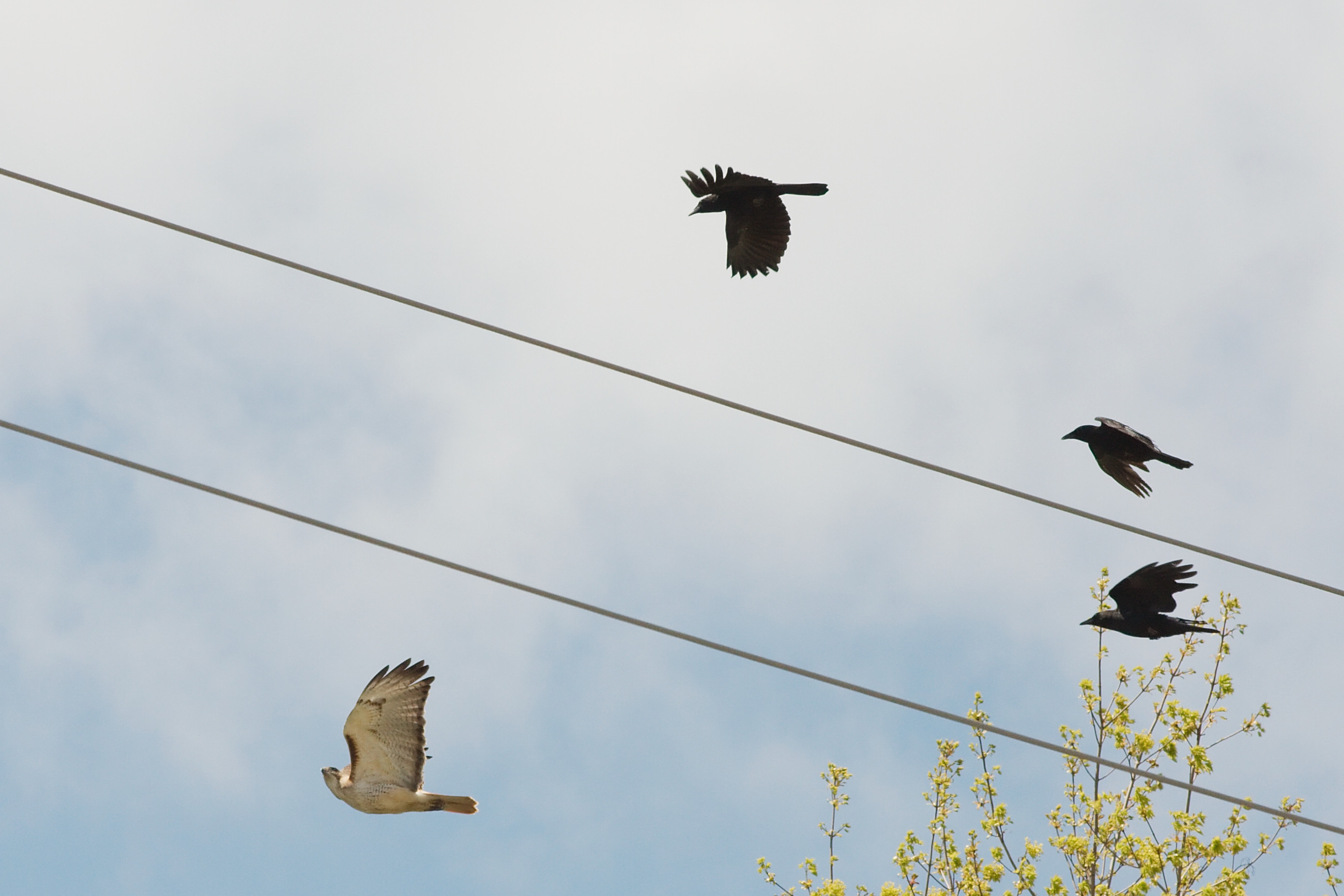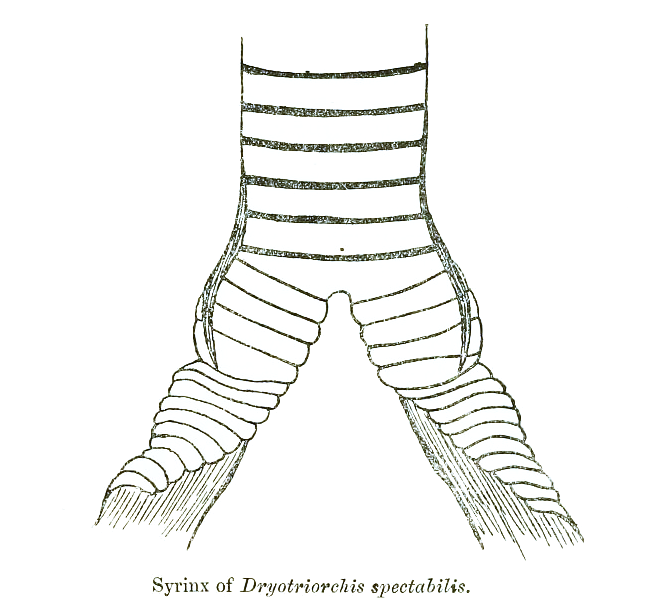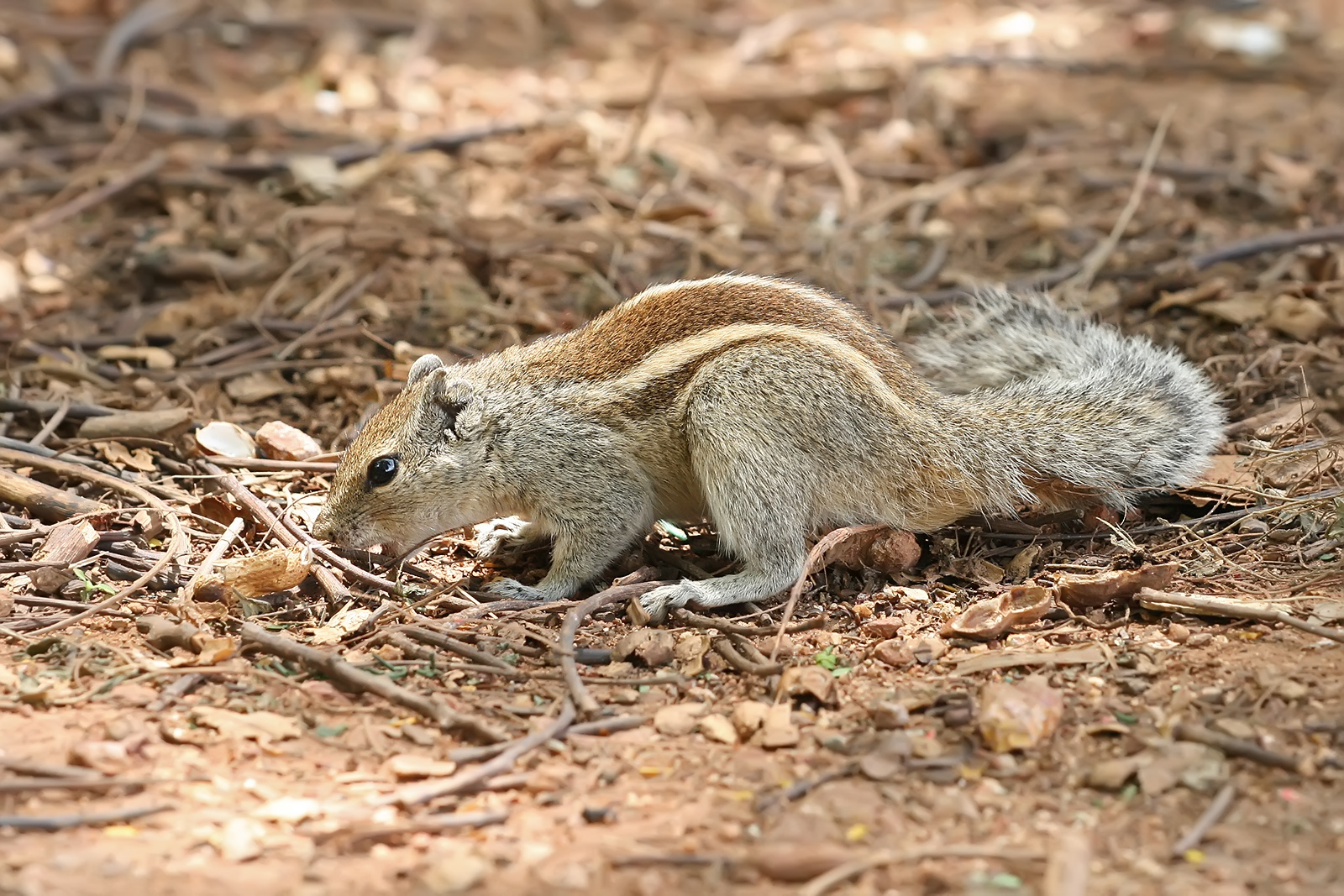|
Cassin's Hawk-eagle
Cassin's hawk-eagle (''Aquila africana'') or Cassin's eagle, is a relatively small eagle in the family Accipitridae. Its feathered legs mark it as member of the Aquilinae or booted eagle subfamily. A forest-dependent species, it occurs in primary rainforests across western, central and (marginally) eastern Africa where it preys on birds and tree squirrels. It was named after John Cassin who first described it in 1865. Due to widespread habitat destruction, its populations are steadily declining but have not yet warranted upgrading its status from Least-concern species, Least Concern. Description The adult Cassin's hawk-eagle appears as a small eagle, with short rounded wings and a long rounded tail. It has dark brown upperparts, with white spots and a brown tail with three black bars and a broad black subterminal band. The tarsi are white with black streaks, and the underparts are all white or white with black blotches along the sides of the lower breast. It has yellowish-brown ey ... [...More Info...] [...Related Items...] OR: [Wikipedia] [Google] [Baidu] |
John Cassin
John Cassin (September 6, 1813 – January 10, 1869) was an American ornithologist from Pennsylvania. He worked as curator and Vice President at the Philadelphia Academy of Natural Sciences and focused on the systemic classification of the Academy's extensive collection of birds. He was one of the founders of the Delaware County Institute of Science and published several books describing 194 new species of birds. Five species of North American birds, a cicada and a mineral are named in his honor. Early life and education Cassin was born in Upper Providence Township, Pennsylvania on September 6, 1813. He was educated at the Westtown School in Westtown, Pennsylvania. His great Uncle, John Cassin, was a commodore in the U.S. Navy and served in the War of 1812. He served in the Union Army during the American Civil War and was held prisoner in the infamous Confederate Libby Prison in Richmond, Virginia. Career Cassin moved to Philadelphia in 1834 and became the head of a lith ... [...More Info...] [...Related Items...] OR: [Wikipedia] [Google] [Baidu] |
Angola
, national_anthem = " Angola Avante"() , image_map = , map_caption = , capital = Luanda , religion = , religion_year = 2020 , religion_ref = , coordinates = , largest_city = capital , official_languages = Portuguese , languages2_type = National languages , languages2 = , ethnic_groups = , ethnic_groups_ref = , ethnic_groups_year = 2000 , demonym = , government_type = Unitary dominant-party presidential republic , leader_title1 = President , leader_name1 = João Lourenço , leader_title2 = Vice President , leader_name2 = Esperança da CostaInvestidura do Pr ... [...More Info...] [...Related Items...] OR: [Wikipedia] [Google] [Baidu] |
Mobbing (animal Behavior)
Mobbing in animals is an antipredator adaptation in which individuals of prey species mob a predator by cooperatively attacking or harassing it, usually to protect their offspring. A simple definition of mobbing is an assemblage of individuals around a potentially dangerous predator. This is most frequently seen in birds, though it is also known to occur in many other animals such as the meerkat and some bovines. While mobbing has evolved independently in many species, it only tends to be present in those whose young are frequently preyed upon. This behavior may complement cryptic adaptations in the offspring themselves, such as camouflage and hiding. Mobbing calls may be used to summon nearby individuals to cooperate in the attack. Konrad Lorenz, in his book ''On Aggression'' (1966), attributed mobbing among birds and animals to instincts rooted in the Darwinian struggle to survive. In his view, humans are subject to similar innate impulses but capable of bringing them under ... [...More Info...] [...Related Items...] OR: [Wikipedia] [Google] [Baidu] |
Snake
Snakes are elongated, Limbless vertebrate, limbless, carnivore, carnivorous reptiles of the suborder Serpentes . Like all other Squamata, squamates, snakes are ectothermic, amniote vertebrates covered in overlapping Scale (zoology), scales. Many species of snakes have skulls with several more joints than their lizard ancestors, enabling them to swallow prey much larger than their heads (cranial kinesis). To accommodate their narrow bodies, snakes' paired organs (such as kidneys) appear one in front of the other instead of side by side, and most have only one functional lung. Some species retain a pelvic girdle with a pair of vestigial claws on either side of the cloaca. Lizards have evolved elongate bodies without limbs or with greatly reduced limbs about twenty-five times independently via convergent evolution, leading to many lineages of legless lizards. These resemble snakes, but several common groups of legless lizards have eyelids and external ears, which snakes lack, altho ... [...More Info...] [...Related Items...] OR: [Wikipedia] [Google] [Baidu] |
Madagascar
Madagascar (; mg, Madagasikara, ), officially the Republic of Madagascar ( mg, Repoblikan'i Madagasikara, links=no, ; french: République de Madagascar), is an island country in the Indian Ocean, approximately off the coast of East Africa across the Mozambique Channel. At Madagascar is the world's List of island countries, second-largest island country, after Indonesia. The nation is home to around 30 million inhabitants and consists of the island of Geography of Madagascar, Madagascar (the List of islands by area, fourth-largest island in the world), along with numerous smaller peripheral islands. Following the prehistoric breakup of the supercontinent Gondwana, Madagascar split from the Indian subcontinent around 90 million years ago, allowing native plants and animals to evolve in relative isolation. Consequently, Madagascar is a biodiversity hotspot; over 90% of wildlife of Madagascar, its wildlife is endemic. Human settlement of Madagascar occurred during or befo ... [...More Info...] [...Related Items...] OR: [Wikipedia] [Google] [Baidu] |
Henst's Goshawk
Henst's goshawk (''Accipiter henstii'') is a species a bird of prey in the family Accipitridae. It is a large, diurnal bird endemic to the island of Madagascar. It is an obligate forest species that occurs at very low densities on the island and is rarely seen. It can only occupy the primary and secondary forests found within the island. Its natural habitats are subtropical or tropical dry forest, subtropical or tropical moist lowland forest, subtropical or tropical moist montane forest, and plantations. It is threatened by habitat loss within Madagascar. Description The Henst's goshawk is a large forest raptor with a body length of . The wingspan is between .Kemp, A. C., D. A. Christie, and G. M. Kirwan (2020). ''Henst's Goshawk (Accipiter henstii)'', version 1.0. In Birds of the World (J. del Hoyo, A. Elliott, J. Sargatal, D. A. Christie, and E. de Juana, Editors). Cornell Lab of Ornithology, Ithaca, NY, USA. There is a notable size discrepancy between males and females, with ... [...More Info...] [...Related Items...] OR: [Wikipedia] [Google] [Baidu] |
Madagascar Serpent Eagle
The Madagascar serpent eagle (''Eutriorchis astur'') is a species of bird of prey in the family Accipitridae. It is placed in the monotypic genus ''Eutriorchis''. It is endemic to Madagascar. Its natural habitat is subtropical or tropical moist lowland forests. It is threatened by habitat loss. Description The Madagascar serpent eagle is a medium-sized raptor with a long rounded tail and short rounded wings. It is dark grey on its back and a lighter grey on its belly, breast, and throat. Dark barring covers the bird's body. It has yellow eyes and a sharp, hooked beak with strong talons. It measures long with a wingspan of . Distribution and habitat This bird inhabits dense, humid, and broadleafed evergreen forests in northeastern and east-central Madagascar. It rarely ventures above 550 meters (1800 ft). Ecology and behavior This serpent-eagle is diurnal. It eats lemurs both large and small, snakes, lizards, and frogs, which it hunts from high perches, swooping down from ... [...More Info...] [...Related Items...] OR: [Wikipedia] [Google] [Baidu] |
Congo Serpent Eagle
The Congo serpent eagle (''Dryotriorchis spectabilis'') is a species of bird of prey in the family Accipitridae. It is the only member of the monotypic genus ''Dryotriorchis'', although it was formerly placed in ''Circaetus''. This species is distributed across the African tropical rainforest, including upper and lower Guinean forests. This serpent eagle specializes in hunting in these forests’ dark understories. It has two subspecies, the nominate subspecies ''Dryotriorchis spectabilis spectabilis'' and ''Dryotriorchis spectabilis batesi''. Though monotypic, it appears to be very closely related to ''Circaetus''. This hawk is a medium-sized bird with distinctive short, rounded wings and a long, rounded tail. It is varying shades of brown on its back and has a slight crest. Its breast is white with variable amounts of a rufous wash and, in the nominate subspecies, is covered in round, blackish spots. The subspecies ''D. s. batesi'' only has these dots on its flanks. The Congo ... [...More Info...] [...Related Items...] OR: [Wikipedia] [Google] [Baidu] |
Mimicry
In evolutionary biology, mimicry is an evolved resemblance between an organism and another object, often an organism of another species. Mimicry may evolve between different species, or between individuals of the same species. Often, mimicry functions to protect a species from predators, making it an anti-predator adaptation. Mimicry evolves if a receiver (such as a predator) perceives the similarity between a mimic (the organism that has a resemblance) and a model (the organism it resembles) and as a result changes its behaviour in a way that provides a selective advantage to the mimic. The resemblances that evolve in mimicry can be visual, acoustic, chemical, tactile, or electric, or combinations of these sensory modalities. Mimicry may be to the advantage of both organisms that share a resemblance, in which case it is a form of mutualism; or mimicry can be to the detriment of one, making it parasitic or competitive. The evolutionary convergence between groups is driven by th ... [...More Info...] [...Related Items...] OR: [Wikipedia] [Google] [Baidu] |
Tree Squirrel
Tree squirrels are the members of the squirrel Family (biology), family (Sciuridae) commonly just referred to as "squirrels." They include more than 100 arboreal species native to all continents except Antarctica and Oceania. They do not form a single natural, or monophyly, monophyletic, group; they are variously related to others in the squirrel family, including ground squirrels, flying squirrels, marmots, and chipmunks. The defining characteristic used to determine which species of Sciuridae are tree squirrels is dependent on their habitat rather than their physiology. Tree squirrels live mostly among trees, as opposed to those that live in burrows in the ground or among rocks. An exception is the flying squirrel that also makes its home in trees, but has a physiological distinction separating it from its tree squirrel cousins: special flaps of skin called patagia, acting as glider wings, which allow gliding flight. The best known genus of tree squirrels is ''Sciurus'', which ... [...More Info...] [...Related Items...] OR: [Wikipedia] [Google] [Baidu] |
Bird
Birds are a group of warm-blooded vertebrates constituting the class Aves (), characterised by feathers, toothless beaked jaws, the laying of hard-shelled eggs, a high metabolic rate, a four-chambered heart, and a strong yet lightweight skeleton. Birds live worldwide and range in size from the bee hummingbird to the ostrich. There are about ten thousand living species, more than half of which are passerine, or "perching" birds. Birds have whose development varies according to species; the only known groups without wings are the extinct moa and elephant birds. Wings, which are modified forelimbs, gave birds the ability to fly, although further evolution has led to the loss of flight in some birds, including ratites, penguins, and diverse endemic island species. The digestive and respiratory systems of birds are also uniquely adapted for flight. Some bird species of aquatic environments, particularly seabirds and some waterbirds, have further evolved for swimming. B ... [...More Info...] [...Related Items...] OR: [Wikipedia] [Google] [Baidu] |
Gabon
Gabon (; ; snq, Ngabu), officially the Gabonese Republic (french: République gabonaise), is a country on the west coast of Central Africa. Located on the equator, it is bordered by Equatorial Guinea to the northwest, Cameroon to the north, the Republic of the Congo on the east and south, and the Gulf of Guinea to the west. It has an area of nearly and its population is estimated at million people. There are coastal plains, mountains (the Cristal Mountains and the Chaillu Massif in the centre), and a savanna in the east. Since its independence from France in 1960, the sovereign state of Gabon has had three presidents. In the 1990s, it introduced a multi-party system and a democratic constitution that aimed for a more transparent electoral process and reformed some governmental institutions. With petroleum and foreign private investment, it has the fourth highest HDI in the region (after Mauritius, Seychelles and South Africa) and the fifth highest GDP per capita (PPP) i ... [...More Info...] [...Related Items...] OR: [Wikipedia] [Google] [Baidu] |





.jpg)